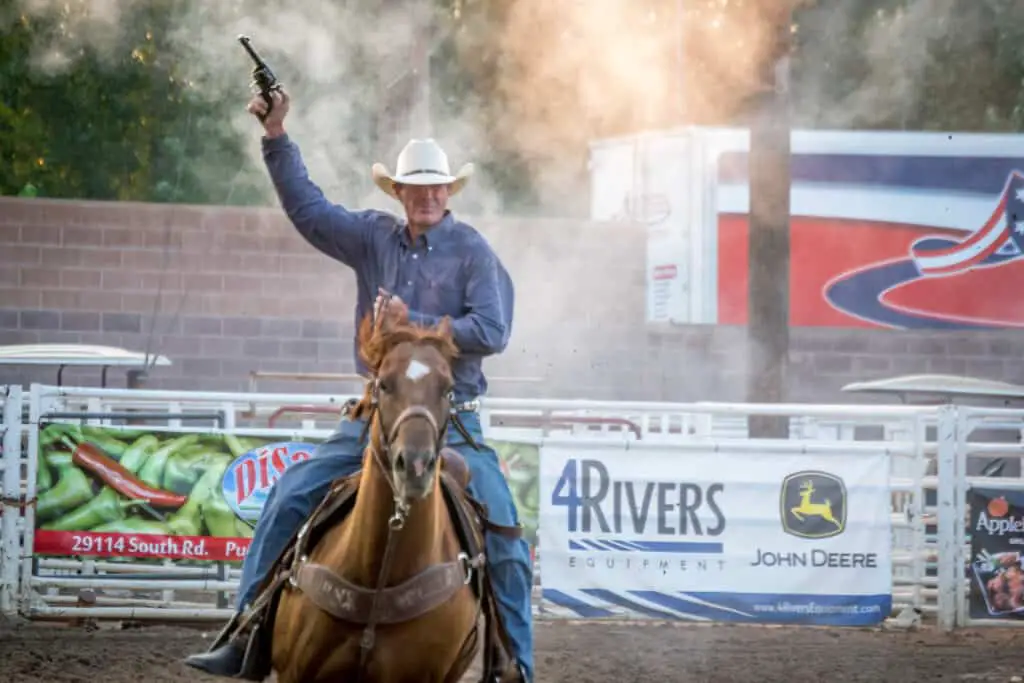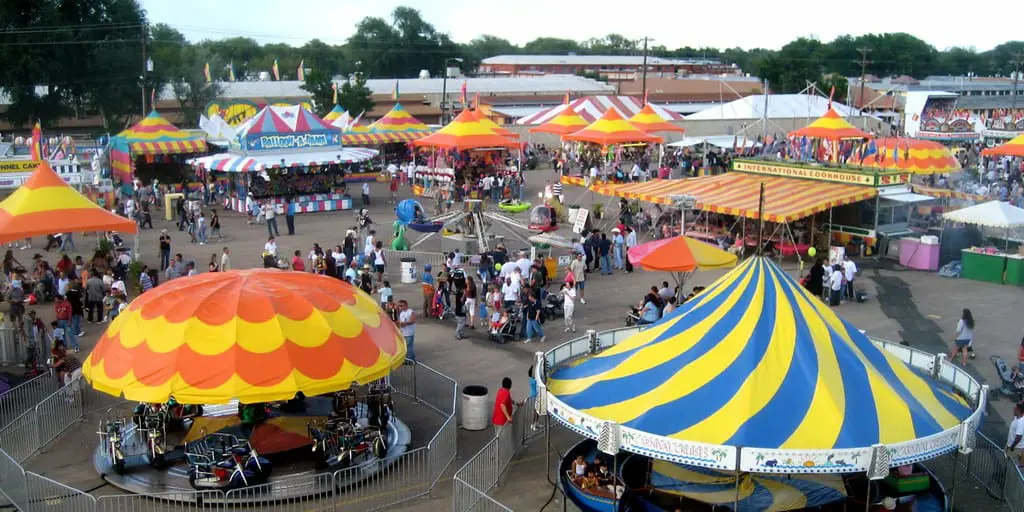Celebrating Tradition and Innovation: 2023 Colorado State Fair
The 2023 Colorado State Fair in Pueblo, Colorado, marked its 151st year with an expansive showcase of entertainment, competitions, and exhibitions that drew attendees from across the state and beyond.
As a beacon of community celebration and agricultural excellence, the fair continued its long-standing tradition of bringing together people from all walks of life to experience Colorado’s rich cultural tapestry and agricultural heritage.
A Fair to Remember
From August 25 through Labor Day, September 4, the fair’s schedule was packed with activities from 3 pm to 11 pm on weekdays and extended weekend hours, ensuring visitors could enjoy various attractions.
With a general admission price of $15 for those 13 and older and reduced rates for children and seniors, the fair was accessible to all.
Unlimited rides at the carnival were a highlight for thrill-seekers, and a Mega Pass option offered everyday admission and unlimited rides for the more dedicated fairgoers.
Deals and Discounts: Maximizing Fun
Understanding the value of accessibility, the fair offered a range of deals and discounts.
These included free admission for seniors on Fridays, military and first responder discounts, free admission for children on CSU Pueblo Kids Day, and various food and ride promotions that ensured everyone could enjoy the fair’s offerings without breaking the bank.
Unmissable Attractions
The fair had free attractions such as the High-Flying Pages Trapeze Show, the Paul Bunyan Lumberjack Show, and educational livestock tours.
Exhibits like the State Fair Museum and live performances by hypnotist Richard Baker added to the rich tapestry of experiences available to visitors.
A highlight was the World Slopper Eating Championship, a testament to the fair’s blend of traditional and unique attractions.
Concerts and Shows: The Heartbeat of the Fair
A vibrant lineup of concerts featuring artists like Chase Rice, Gabriel “Fluffy” Iglesias, Sawyer Brown, Lady A, and Lil Jon, among others, provided memorable nights of entertainment.
These performances throughout the fair underscored its status as a premier venue for live music and comedy in Colorado.
USA Quiz
How many questions would you like?
Looking Forward
As the 2023 Colorado State Fair closed its gates, it left behind a trail of happy memories, new friendships, and anticipation for next year’s event.
With each passing year, the fair continues to evolve, incorporating new attractions and improvements while staying true to its roots as a celebration of Colorado’s agricultural history and community spirit.

History of Agriculture in Pueblo, Colorado
Pueblo began as a modest fort, but its significance in the development of Colorado cannot be understated, particularly its role in bringing the railroad to the region.
Agriculture has also played a crucial role in Colorado’s economy, and Pueblo has been instrumental in promoting and honoring the state’s agricultural heritage by hosting the Colorado State Fair.
The Birth of the Colorado State Fair
On October 9, 1872, the Southern Colorado Agricultural and Industrial Association held the first Colorado State Fair.
The fair received no cash assistance from the community or the state but succeeded. 1886, the fair was incorporated, and fifty acres of land near Mineral Palace Park were purchased for $3,000.
Relocation and Expansion
Following its incorporation, the fair bought fifty acres of land for $3,000 and invested an additional $5,000 in improvements.
The fair remained at Mineral Palace Park until 1890, when it moved to a new location west of Lake Minnequa.
The fair purchased the new site for $30,000 and sold the Mineral Palace Park location for $48,000, making a $40,000 profit in only four years. The fair stayed at the new place for eleven years before moving to its present-day site.
Administration and Funding
Throughout its history, the Colorado State Fair has changed administration and funding. A group of Pueblo residents initiated the administration of the fair called the State Fair Association, which operated as a non-profit organization.
In 1903, the State Fair received its first state appropriation, and in 1917, it received a State Fair Commission.
The state was granted the deed to the land, and the fair received an initial funding of one million dollars to cover its operational and maintenance costs.
Present-Day Colorado State Fair
Today, the Colorado State Fair resides on 102 acres of land with paved streets and impressive landscaping.
Over the years, the fair has hosted numerous high-profile concerts featuring celebrities while also serving as a venue for a wide range of community events throughout the year.
Visitors can look forward to fresh educational opportunities and engaging activities designed to entertain and enrich locals and tourists alike every year.
The fair has been a focal point for the Pueblo community and will hopefully continue to be so.
The Mexican Pavilion
The Mexican Pavilion was the first structure on the present-day site of the Colorado State Fair.
At its construction, the pavilion served a dual purpose as both the police headquarters for Pueblo and a pavilion. Presently, there are fourteen structures on the fairgrounds, all with historical significance.

Future of the Colorado State Fair
The Colorado State Fair has a rich history, but its future is just as exciting. The fair will remain vital to the Pueblo community and attract visitors from across the state and beyond.
As the fair evolves, it will provide new opportunities for education, entertainment, and community engagement.

